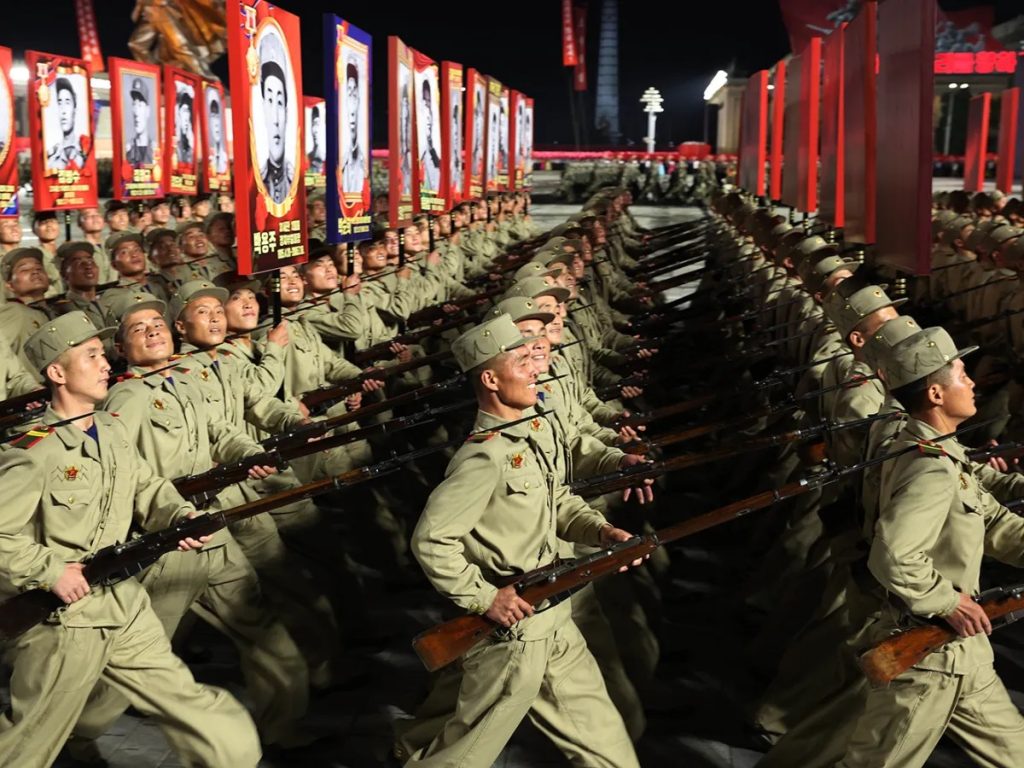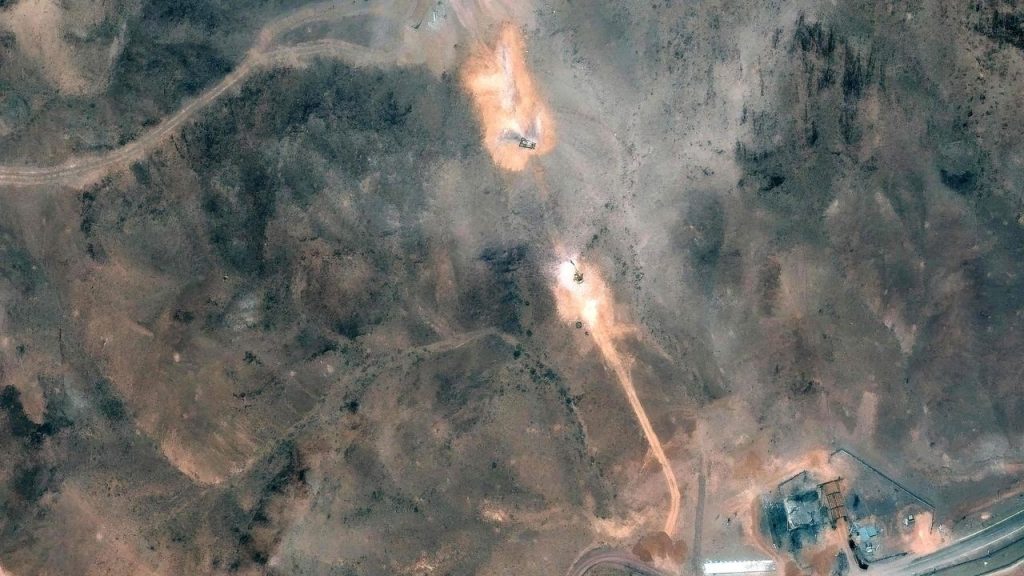News
Trump pauses higher tariffs for dozens of countries, but hikes China rate to 125%

Donald Trump on Wednesday, April 9, 2025, announced a 90-day pause on higher tariffs for dozens of countries.
But according to the NBC news, the United States number one man has hiked levies on China to 125%
Earlier this month the US president announced a “baseline” tariff of 10% on all countries, with higher rates for the “worst offenders”
He said the higher rates will be paused for 90 days, and instead the “reciprocal tariff” will be 10%.
But he said the rate for China will rise again, to 125%, because of “the lack of respect that China has shown to the world’s markets”
Stock markets surged after Trump made his announcement.
Natalie Sherman in New York wrote that the president appears to have blinked.
Natalie Sherman is a journalist and reporter, known for her work at BBC News.
She has covered a variety of topics, including business, economics, and global affairs.
She is recognized for her in-depth reporting on issues such as global trade, financial markets, and economic policy.
Her work often involves analyzing complex economic and political issues and breaking them down for a wider audience.
Earlier on Wednesday, China announced an 84% tariff on US imports after Donald Trump imposed a 104% tariff on Chinese goods entering the US
The president’s about-face comes roughly 13 hours after higher reciprocal duties on 56 nations and the European Union went into effect.
This is a move that fueled market turmoil and stoked recession fears.
The president came under massive pressure from business leaders and investors to reverse course.
This decision marks a continuation of the trade war between the U.S. and China that began during his administration.
However it also introduces a complex layer of economic and geopolitical implications.
Trump’s decision to hike tariffs on China is an attempt to exert more pressure on the Chinese government.
This is particularly in response to issues such as intellectual property theft, forced technology transfers, and the trade imbalance between the two nations.
The new rate of 125% is significantly higher than previous tariffs and could:
- disrupt trade flows,
- increase costs for American consumers, and
- strain U.S.-China relations even further.
Analysts say that the decision to pause higher tariffs for dozens of other countries might be seen as a strategy to ease tensions with U.S. allies and other trading partners.
They say this move is likely to provoke a range of reactions from U.S. businesses, economists, and foreign governments, all of whom will need to adapt to these changes in the global trade landscape.
The broader implications of these new tariff policies could have long-term consequences for the U.S. economy, global supply chains, and international relations.
For Diaspora Digital Media Updates click on Whatsapp, or Telegram. For eyewitness accounts/ reports/ articles, write to: citizenreports@diasporadigitalmedia.com. Follow us on X (Fomerly Twitter) or Facebook












